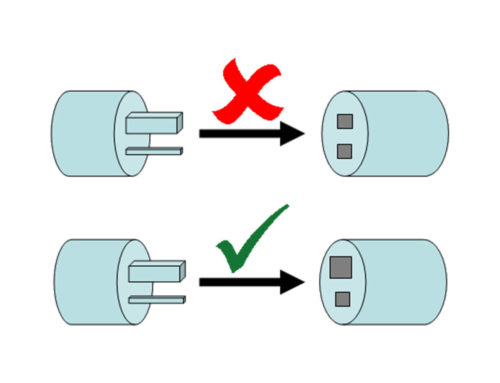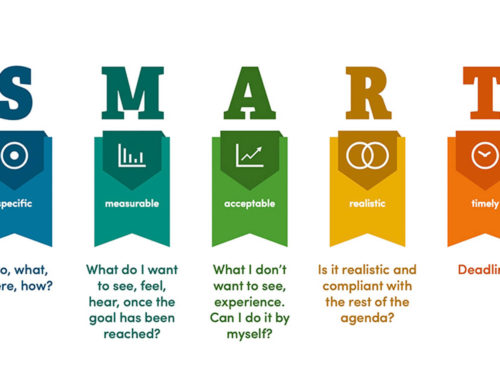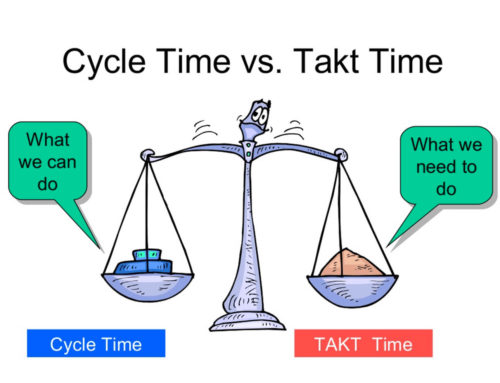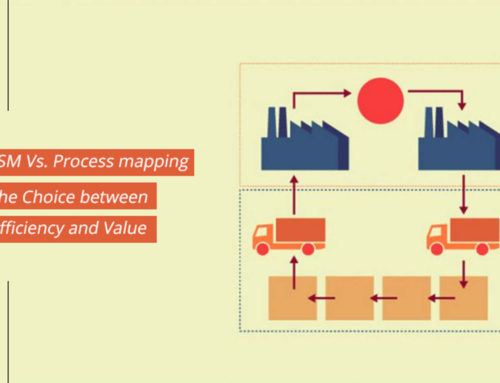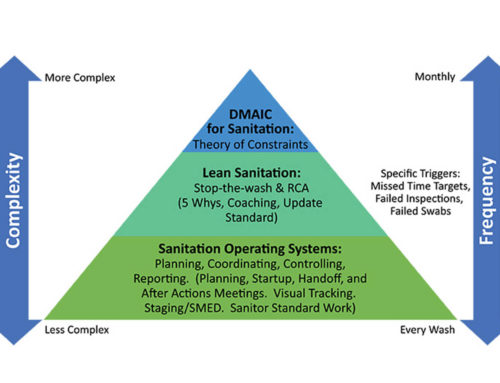Digitalization has raised the pitch of the consumers’ voice and they can interact with the brands in a better manner. If they are satisfied with the retail goods, they tend to leave their sentiments across various channels such as company website, customer service emails, customer forums, and not to forget the profound out of these—social media.
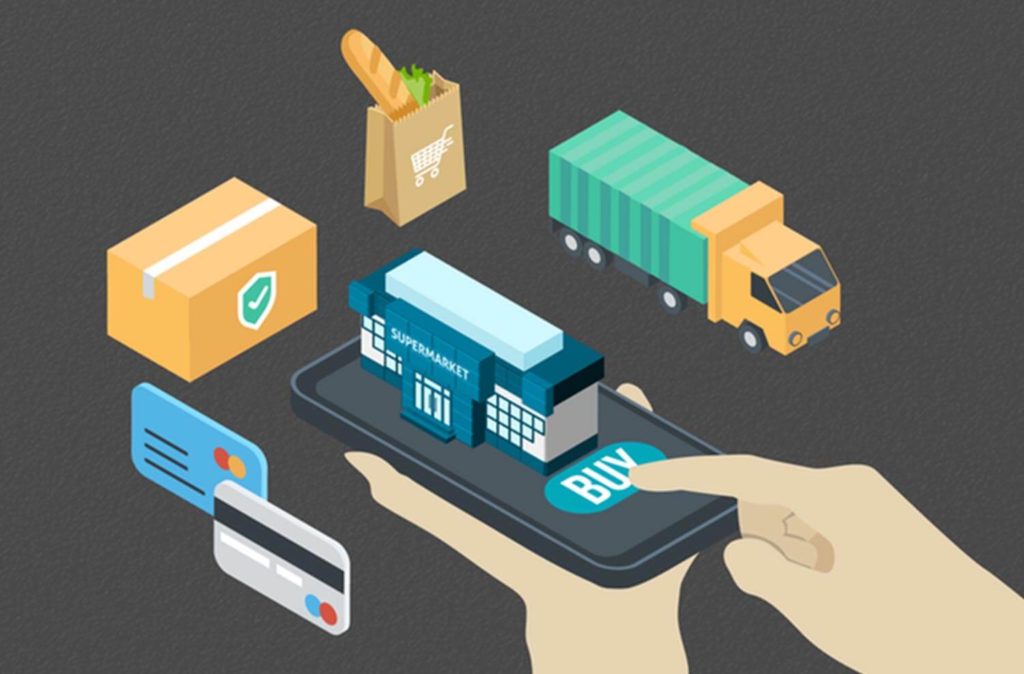 The vocal behavior of customers creates a lot of sentiments around a brand in particular, and the FMCG market, in general. All-in-all, looking at the negative attitude floating around a brand, competitors take a cue to convert these customers.
The vocal behavior of customers creates a lot of sentiments around a brand in particular, and the FMCG market, in general. All-in-all, looking at the negative attitude floating around a brand, competitors take a cue to convert these customers.
This trend brings us to the question—Is multichannel mechanism too good to be true for the retail market?
To some extent, yes!
The Dark Side Of Multichannel Mechanism – Consumers Turning Your Spokesperson
An uproar on the Internet, rise in digital channels, high-speed internet, and accessibility to these sentiments is influencing the decision-making process of consumers. When a businessman operating in the FMCG market is new to the digital platform, he encounters a challenge to harness this technology to be able to enhance the customer experience. However, the dissemination of a brand’s message is not only restricted to the brand manager; given the uptake in the number of smartphones even consumers are offering information to other consumers.
As a result, businessmen of the FMCG and retail market have little power over what is floating around and about their brands. With so much information to access, consumers take a lot of time in going through the decision-making process. This also increases vulnerability to businesses in the FMCG and retail market.
The Darker Side of Multichannel Mechanism – Comparison of Price
Technology that was once considered as a panacea to the poor sales for businesses operating in the FMCG and retail market, is now showing some distress across the industry.
The mobile-first approach is helping retailers gain insights into the exact requirements of consumers. In some cases, retailers tend to make personalized offers for consumers to lure them. This should have led to direct sales, especially, when the customer has been searching for a particular product all over the Internet. However, the smart consumer prefers to compare the prices.
Multichannel means multiple prices. This helps the consumer purchase the channel that offers the product at the lowest price. The trend of price comparison stands true, especially in the price-sensitive region of Asia Pacific, Latin America, and the Middle East and Africa.
Take Charge of Your Brand
When a multichannel mechanism turns out to be a problem for your brand, the key to it lies in the consumer sentiments. Leverage sentiment analysis across different channels to get valuable data and insights into the voices on a per consumer and per-product basis.
The digital solution also helps you drill down the product in a detailed manner. Having a lot of data and analytics at your disposal, you can gradually consolidate your brand’s position in the FMCG and retail market.
In the next blog, we will discuss how ‘Promotion and Marketing’ within this last decade has taken over the reins for effective progress of sales and consequently the market.


